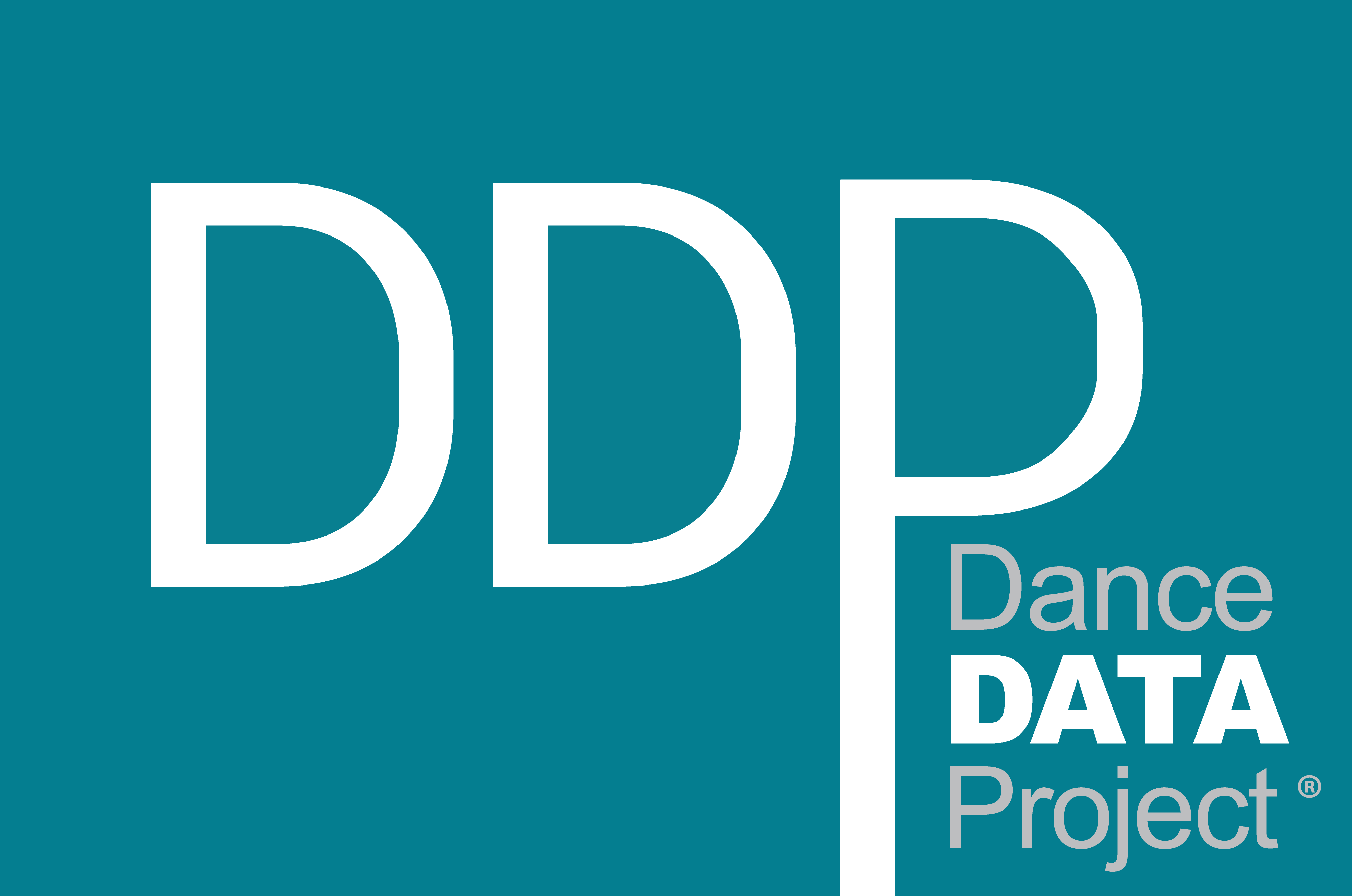DDP Talks To
"The Devil Ties My Tongue" by Amy Seiwert performed for the SKETCH Series, 2013. Photo by David DeSilva. Courtesy of Amy Seiwert's Imagery
December 31st: Jacob's Pillow: Ann & Weston Hicks Choreography Fellows Program, December 31st: New England Presenter Travel Fund, December 31st: Central Pennsylvania Youth Ballet Scholarship, December 31st: 24 Seven Dance Convention, December 31st: National Theater Project Presenter Travel Grant, December 31st: Breck Creek Artist-in-Residence Program, December 31st: Indigo Arts Alliance Mentorship Residency Program, March 31st: SIA Foundation Grants
×
"The Devil Ties My Tongue" by Amy Seiwert performed for the SKETCH Series, 2013. Photo by David DeSilva. Courtesy of Amy Seiwert's Imagery
4 March 2021
By Rachel Howard
If a choreographer wants to make the most of this pandemic era, Sarah Van Patten is the woman to put on the screen. Van Patten, who joined the San Francisco Ballet in 2002, is the finest actress-dancer in the company, so it is good to have a beautifully directed record of her theatrical genius in Danielle Rowe’s new dance film, “Wooden Dimes,” the clever Art Deco centerpiece of the Ballet’s digital Program 3, which begins streaming Thursday, March 4.
Rowe, increasingly in demand to choreograph for regional companies and here making her first ensemble work for the Ballet, has carried out “Wooden Dimes” with a shrewd eye for spectacle and a mature choreographer’s skill. There are shiny prop-driven delights throughout the production, particularly a Ziegfield Follies-like sequence with fluffy feather fans shot from above and a clever group rendezvous with a massive table. But the real beauty of the film comes in two long pas de deux, simultaneously swirling and nuanced, for Van Patten and Luke Ingham. Between these little love poems our story, spare as it is, unfolds.
Read the full review of “Wooden Dimes” here.
3 March 2021
By Gia Kourlas
With performances on pause, many dancers are rethinking their relationship to weight.
Lovette also understands that she can help make ballet better. In the past few years, she has started making a name for herself as a choreographer. That puts her in a rare position to affect change.
“This is so why I wanted to be a choreographer,” she said. “The choreographer has even more power than anybody else because we get to choose who’s in the ballet. Most places I go, I can take anyone in the company. Maybe they’ll nudge and say: ‘Oh, no, no, no, you shouldn’t choose her. You should choose her. She’s better.’ But I can go, ‘No. I want her.’ Every time! And it’s so empowering.”
Read the full article here.
Dance Data Project® (DDP) today announces the Data Byte: Global Resident Choreographer Survey 2021, a mini-report focusing on the gender distribution of 64 resident choreographer (RC) positions at 75 United States and 68 international ballet companies for a total of 143 companies.
This February, in observation of African American History Month, DDP is sharing the stories and names of Black and African American women leaders (past and present) in ballet/dance.
Reach out to us to learn more about our mission.
"The Devil Ties My Tongue" by Amy Seiwert performed for the SKETCH Series, 2013. Photo by David DeSilva. Courtesy of Amy Seiwert's Imagery
